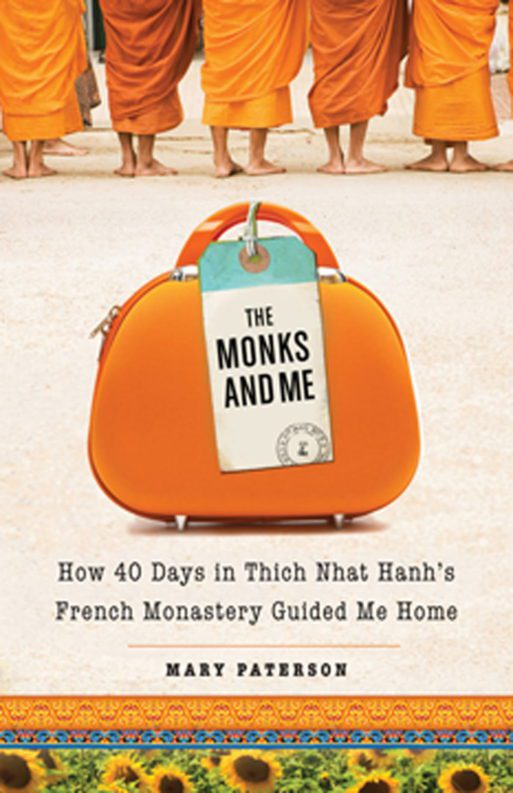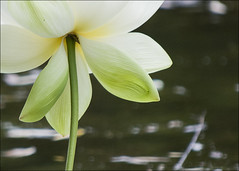 After her father passed away, Mary Paterson needed to find stability in her life again. As an experienced yoga instructor, she’d relied on yoga and meditation to keep her centered before, but this time it wasn’t enough. So she decides to go on a 40-day retreat to Plum Village where she’d learn from the Nobel Prize nominated monk, Thich Nhat Hanh. From there, she experiences life lessons in ways she never imagined possible. The Monks and Me follows her journey and gives us a chance to reap the benefits from these lessons in grief, grace, gratitude, and love.
After her father passed away, Mary Paterson needed to find stability in her life again. As an experienced yoga instructor, she’d relied on yoga and meditation to keep her centered before, but this time it wasn’t enough. So she decides to go on a 40-day retreat to Plum Village where she’d learn from the Nobel Prize nominated monk, Thich Nhat Hanh. From there, she experiences life lessons in ways she never imagined possible. The Monks and Me follows her journey and gives us a chance to reap the benefits from these lessons in grief, grace, gratitude, and love.
I love the way Paterson incorporates humor into every chapter. She effortlessly moves from a funny anecdote about a short, spunky nun to a serious insight about finding your true identity. In the chapter, “Grace,” she recounts the story of seeing her friend’s baby who inherits a genetic disease. Instead of focusing on the negatives, she looks at the whole picture in a positive light and sees nothing but a beautiful, healthy baby. Moving from this relatable experience, she realizes the lesson is much bigger than just trying to stay positive. “Thich Nhat Hanh teaches that if you look for ugly, that is what you will see,” she writes, “But if you look for beauty, that grace will reveal itself to you… Beauty and ugly exist together. It’s just not always obvious. My dying father, the gliding, eighty-four-year-old monk, and the gentle newborn babe each radiate grace. Grace heals the world. There is far too much tension and rigidity all around us, and that tough energy is damaging. Those who emanate beauty and grace smooth the jagged edges of life” (163). She sees these everyday life experiences tying into other aspects of her life and lets them guide her toward a more peaceful existence.
“Beauty and ugly exist together. It’s just not always obvious. My dying father, the gliding, eighty-four-year-old monk, and the gentle newborn babe each radiate grace. Grace heals the world. There is far too much tension and rigidity all around us, and that tough energy is damaging. Those who emanate beauty and grace smooth the jagged edges of life.”
Indeed, there are elements of beauty and ugliness in everything we encounter in our lives. Death is just one of those experiences. We can either choose to see it as an ugly, hateful thing and fear our inevitable fates our entire lives. The opposite end (and in my opinion, preferable end) of the spectrum is to see that death has a purpose highlighting life. When we experience loss, we have to face our own mortality and the priceless value of life. Without death, we would have no perspective, no grace, no gratitude. In total, Paterson delivers 40 insightful lessons by the end of the book, but this lesson might be the most powerful of all. While we can’t choose when or how we die, we can choose to exercise gratitude and an eye for beauty while we’re alive.

 “The Monks and Me” by Mary Paterson
“The Monks and Me” by Mary Paterson



 “As Tears Go By” by Marianne Faithfull
“As Tears Go By” by Marianne Faithfull
 “The Sea” by John Banville
“The Sea” by John Banville
 Funeral Favors Offer Visitors a Tangible Memento
Funeral Favors Offer Visitors a Tangible Memento















